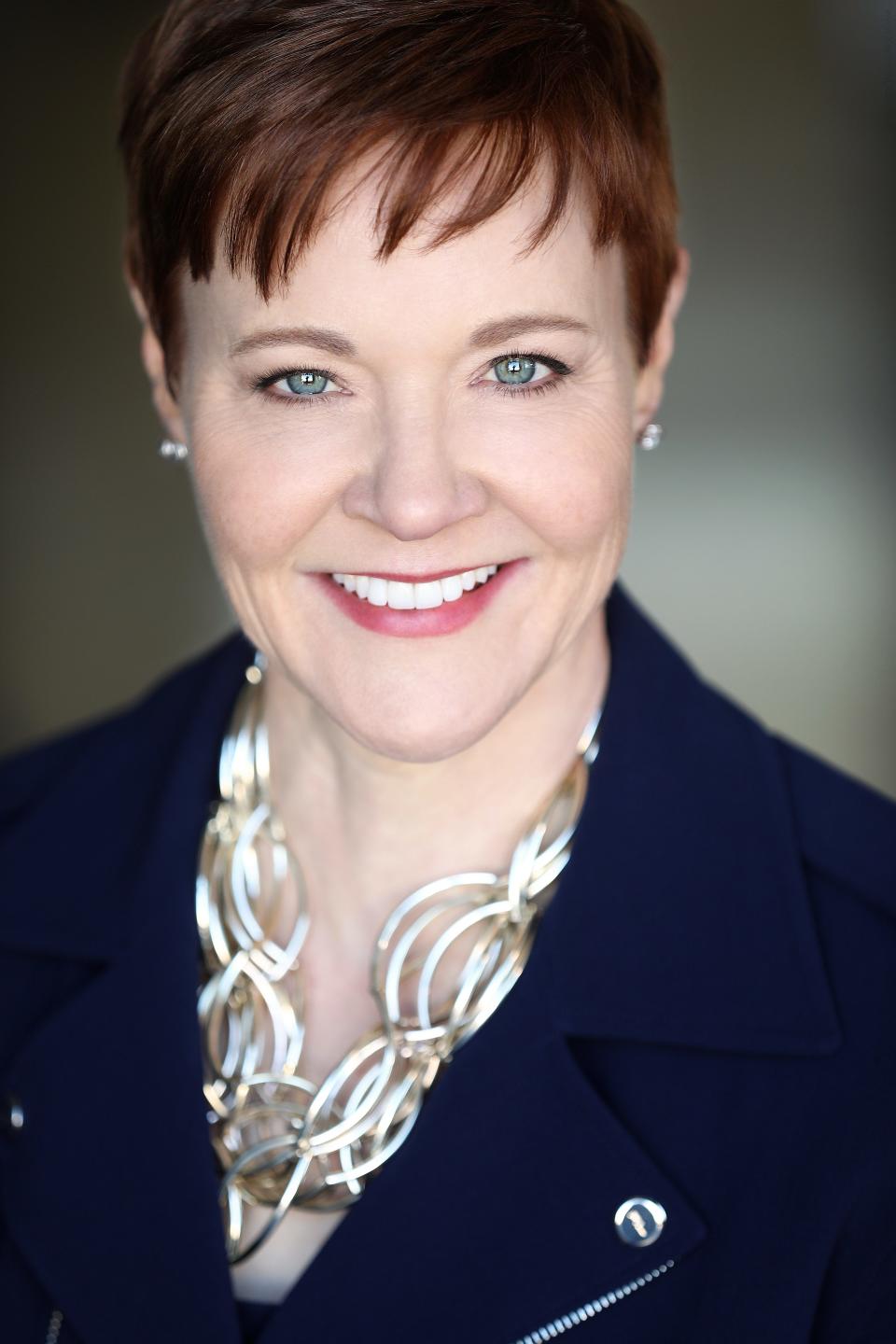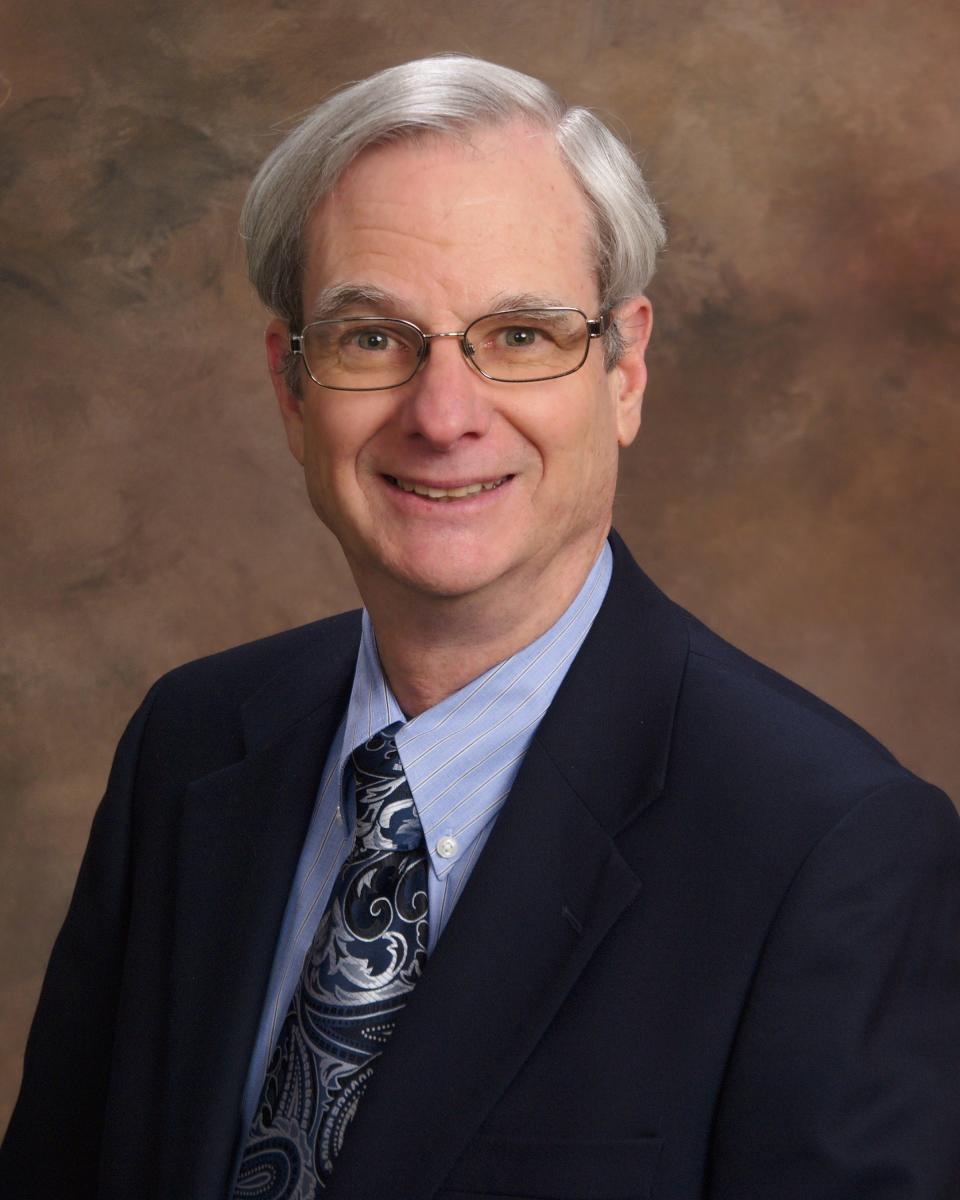Crushing COVID-19 left California with scars as it starts to reopen
Rachel Moore can't help but feel excited.
The calendar of events at The Music Center, a performing arts center in Los Angeles that she leads, had been blank for months. But now it is slowly filling up with ballets, dance performances and operas.
After a year of some of the strongest pandemic restrictions in the nation, the rate of coronavirus cases in California has plummeted to be among the lowest in the U.S. Now the state plans to fully reopen by mid-June. Californians and the state’s leaders are celebrating the low infections and reopening plan, with Gov. Gavin Newsom touting it on Twitter as he tours the state.
Businesses that have been hamstrung by restrictions for a year or more are seeing regulations loosen, some outdoor sports have resumed, and theme parks, including Disneyland, have reopened to excited guests.
Many like Moore are eager to welcome back normalcy, with hopes of recovering from the severe financial losses from pandemic closures.
"There's incredible pent-up demand for our offerings," said Moore, president and CEO of The Music Center. "I actually think that people are going to rush back when they feel safe because they've had this hole in their heart."
But had The Music Center been based in another state, it may have reopened months ago.

California's path through the pandemic has been filled with frustrations and heartbreak. The state started out as a national leader in combating COVID-19, promising to follow the science in how it handled the virus and garnering praise from public health experts who say the state’s approach saved lives.
But months of shifting restrictions confused many struggling business owners who saw their livelihoods ripped away, even as the regulations didn't stop the state's ICUs from filling with patients.
The tensions have left the state’s governor battling a recall vote.

Restrictions slow virus but couldn’t stop deadly surge
California became the first state to lock down – a watershed moment in the nation's response to COVID-19.
The move garnered widespread praise from public health experts, and Newsom’s coronavirus briefings offered a reassuring, nonpartisan message to those in and outside California, even drawing praise from former President Donald Trump.
But it didn't last.
The state started reopening efforts several times only to pull back the reins as cases grew.
Restrictions would ease, allowing businesses to reopen and spend the money needed to restock and rehire – only for restrictions to be reinstated again. Public schools remained shuttered for the majority of the pandemic and still have yet to fully reopen. Theme parks, outdoor sports, museums, hiking trails and beaches were all subject to closure.
For a while it seemed to work. Cases stayed relatively low as attention focused on places like New York or the Dakotas that were weathering unfathomable infection rates, with hospitals and morgues filling up.
The success changed in the late fall and early winter as an intense surge hit California. The state became epicenter of the pandemic for a time. The virus filled the state's ICUs and mystified experts, many of whom still struggle to rationalize why California's precautions weren't enough to stop the surge even as more lax states saw fewer cases.
“The fact is that we really cannot fully explain why we see this virus explode in certain areas, and at the same time, relatively quiescent in others,” said Dr. John Swartzberg, an infectious diseases and vaccinology professor emeritus at University of California, Berkeley. “There are lots of things we've learned about this pandemic. But I would say that there's still an enormous amount of a lack of understanding about its behavior.”

Dr. Robert Kim-Farley, a professor at the University of California, Los Angeles' public health school who worked at the CDC and World Health Organization, noted some of the differences that set California apart, including homelessness, overcrowding and the state's large share of agricultural and essential workers.
“California does have some unique aspects of what they call a vulnerability index,” he said. “So it's kind of hard sometimes to make those direct comparisons as to what would have happened had we done some more relaxation of measures.”
He added that if the state did relax some precautions, it’s possible the surges may have just occurred quicker or been far worse.
Even so, multiple reports have found the rate of death from COVID-19 in California isn’t much better than the national average.
Economic damage mounts
Critics of California’s strategy say the state’s approach did a more effective job at crushing the economy than crushing the virus.
Dustin Lancaster, who operates about a dozen restaurants and hotels across Los Angeles, said he feels a sense of relief knowing the state is reopening but it's hard to look back and not hold some resentment and question decisions made by elected leaders.
Over the months of closures, he lost millions along with a music venue and a brand-new hotel he had opened just months before the pandemic. He still owes hundreds of thousands of dollars in back rent.
Lancaster can't help but look at other states that didn't spend the majority of the year shut down, like Florida, and questions why the outbreak wasn’t worse there.
“Did any of what we did really do anything to actually stop it? Or was it sort of dumb luck?” he said. “It's a tough one to understand, and I guess we'll kind of be unpacking this for years to come.”
Many complained that the messaging coming from elected leaders was confusing and sometimes contradictory. The rationale for certain areas, businesses and entities being closed while others were open often wasn't clear or intuitive, critics said.
“There were frustrations when certain sectors seemed to get to reopen faster than our sector and not understanding the logic behind why certain things were allowed to be open,” Moore said. “Why was retail allowed to be open and the retail shop in a museum not? Those inconsistencies were very frustrating.”

Amid death and heartache, the state also saw an economic collapse. California has lost about 1.5 million jobs. The unemployment rate, now at 8.3%, is one of the nation's highest.
Simmering frustrations reached new levels in the late-fall and early-winter surge. As ICUs filled, a new set of lockdown measures were announced, including the halting of outdoor dining – once billed as a low-risk lifeline for restaurateurs.
Emil Eyvazoff, who owns two restaurants in Los Angeles – 71Above and Takami – said there was an almost instant shift in the demeanor of restaurant owners.
“I saw business owners that I know go from being supportive of everything that had happened in the past to resentful,” he said, arguing the second set of closures was more hurtful than the first.
Eyvazoff noted the lengths it takes to reopen a business, such as rehiring, retraining, installing new safety measures and restocking supplies. “It can take several weeks to reopen a restaurant,” he said. “It’s not like flipping a switch.”
California saw the highest number of businesses that shuttered both temporarily and permanently by a significant margin, according to Yelp data compiled in the company’s Economic Impact Report released in September. Hawaii, which relies heavily on tourism, was the only state to surpass it when examining the data per 1,000 businesses.
California saw nearly 20,000 businesses temporarily close and another 20,000 close permanently from March to September. The next highest was Texas with 8,900 temporary and 5,300 permanent closures.
Along with federal money and the Paycheck Protection Program, which offered small businesses loans that can be forgivable, California also offered grants. Just last week, Newsom signed legislation that's set to offer $6.2 billion in tax cuts for over the next six years.
"It's been a hell of a year: the stress, the anxiety, the fear that so many people have had to struggle with," Newsom said in a news conference last week when he signed the legislation. "That said, the state is coming back. The state is roaring back."
Eyvazoff says he knows he’s one of the lucky ones to make it on the other side of this pandemic.
"I think I'm definitely in the thankful chapter now and grateful chapter right now. It was a long book, and it was a very painful read,” he said. “I can't really complain right now. I'm very fortunate. If I had not been so fortunate, and the businesses were not able to survive, I think I really would be feeling very differently."

Were California’s ‘extreme measures’ worth it? Experts say time will tell.
Public health experts say California will likely be judged favorably in the future, because the state generally followed the advice of health professionals. Even if the measures were criticized as overly burdensome, the mandates saved lives, they say.
Understanding how successful the state was in fighting the virus will be a question for the history books – it will require a deeper understanding of the virus as well as the economic effects of lockdowns, experts say.
Zev Yaroslavsky, director of the Los Angeles Initiative at the UCLA Luskin School of Public Affairs and a former Los Angeles County supervisor and city councilman, said that when you ask the question “Were all the strict mandates worth it?” you are ultimately asking whether saving even one additional life was worth it.
"How many people are you willing to sacrifice to death? How important is it to save lives?" he said. "Losing your business is an existential event; it's a brutal price to pay. But you can rebuild your business. You can't do that with your life."
For those most affected by the state's regulations, comparisons to other states are easy to make but scientifically problematic.
"Comparing California to Texas or California to Florida is really apples to oranges,” said Dr. John Swartzberg, a UC Berkeley infectious disease expert. “They are totally different places with different issues and variables."
The severity of the restrictions is one thing. How they were presented to the public is another concern.
“There were a lot of extreme measures taken, sure, but right now, California does have the lowest case rate in the country,” said Jessica Lall, who leads the Central City Association, an advocacy organization representing 300 businesses in the Los Angeles area.
Yaroslavsky noted the mixed messaging throughout the pandemic, coupled with the hypocrisy of Newsom attending a dinner party at The French Laundry – one of the world's most exclusive restaurants – at a time when he was discouraging Californians from traveling to see family during the holidays, hurt public trust at a moment when it was sorely needed.
"You really only have one shot at the public, to get the public on your side, to get the public in lockstep. Once the public senses that there is inconsistency, not only do they become inconsistent, but they lose confidence in the people who are making these recommendations," he said. "You have to explain why there are differences and why decisions are being made very clearly and transparently."
For Newsom, the question over his managing of the pandemic might be answered later this year when he faces a recall election. Opponents of the first-term governor were able to gather enough signatures to force the question on the ballot, probably this fall. Yaroslavsky said the criticisms against Newsom have been fairly common amid the pandemic, but the state's long history with recalls helped fuel the effort.
"They've all paid a price, everybody in government. Any politician today has taken a hit politically because this has been an unprecedented societal disaster," he said. "But there have definitely been some who are paying a bigger price than others."
This article originally appeared on USA TODAY: California reopening, but COVID shutdowns leave state scarred

 money
money 